Author: Anita Louise Hummel
-
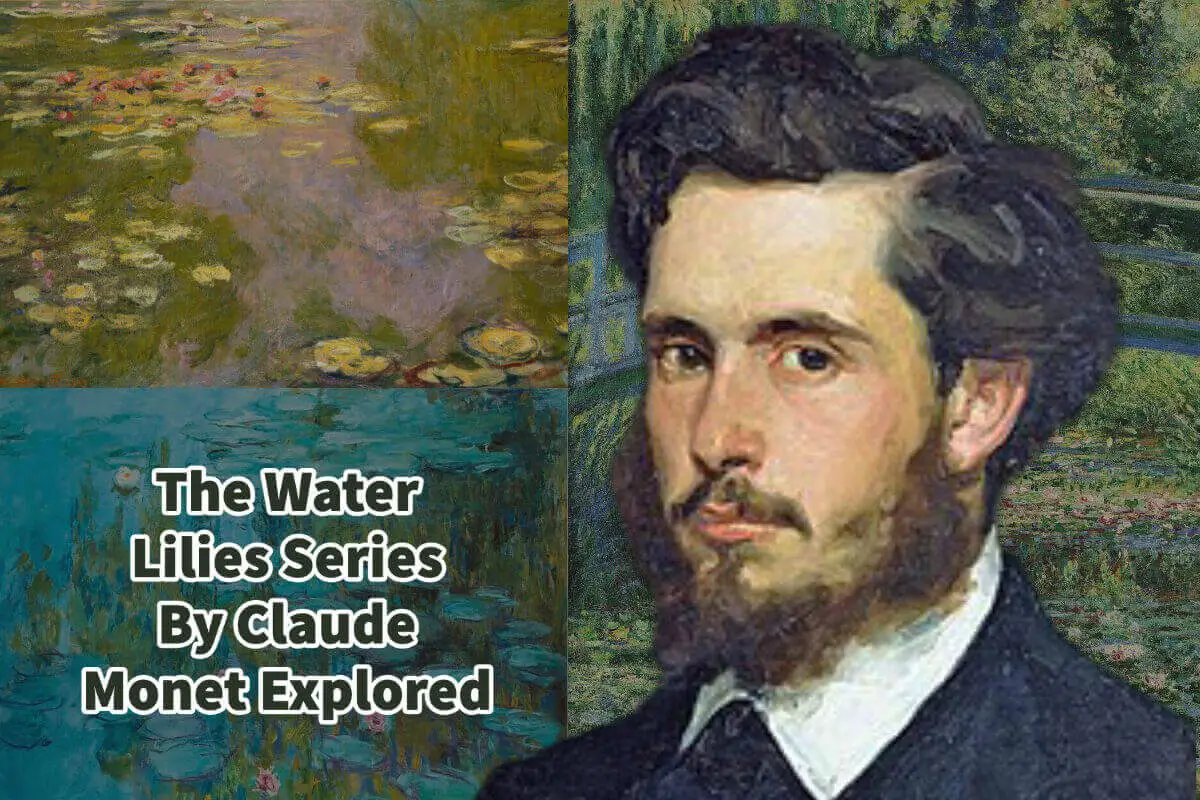
The Water Lilies Series By Claude Monet Explored
When most people think of Claude Monet, most think about his painting series, The Water Lillies. The Water Lilies painting is not just one painting but a series of paintings he painted. Claude Monet’s Water Lilies series is one of Claude Monet’s most significant series of paintings. These paintings show how Claude Monet immersed himself…
-
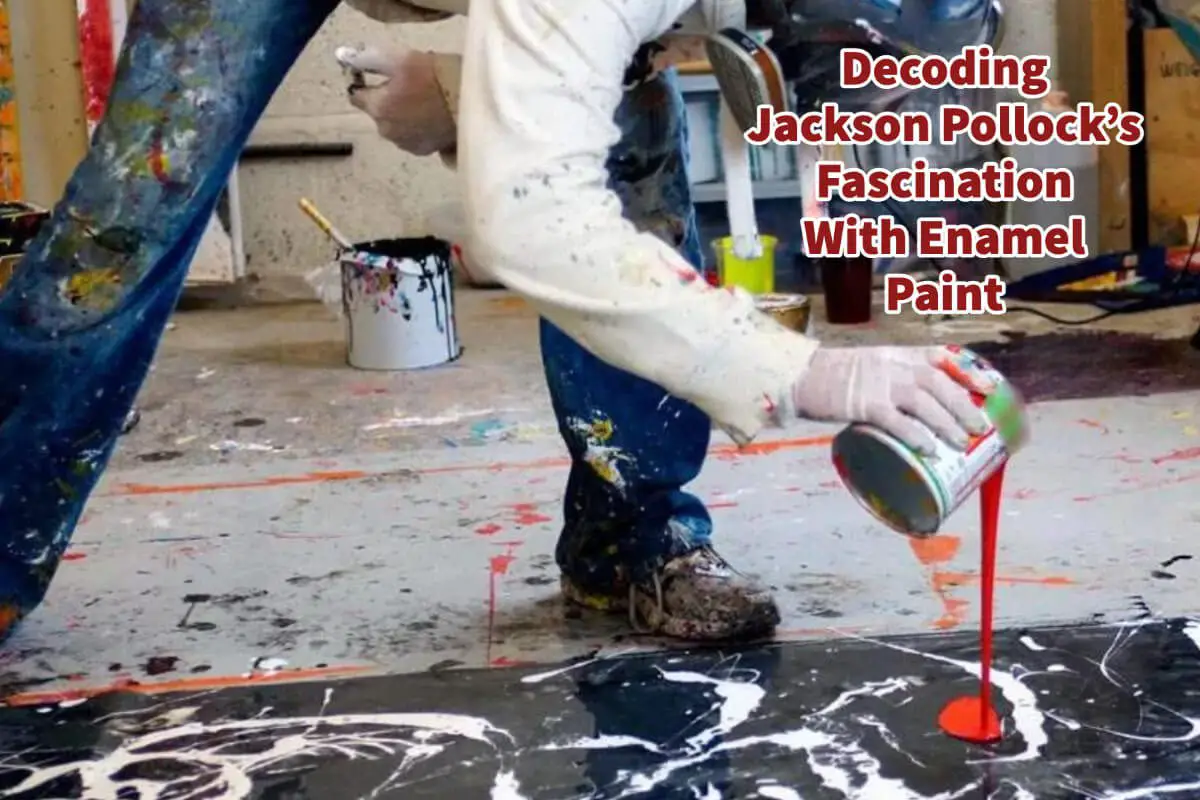
Decoding Jackson Pollock’s Fascination With Enamel Paint
Jackson Pollock remains one of the most significant American artists who ever lived. He is best known for his drip paint technique. Jackson Pollock, an iconic figure of the Abstract Expressionist movement, revolutionized the art world with his unconventional and groundbreaking painting techniques. One of his artistic choices is his preference for enamel paint. Read…
-
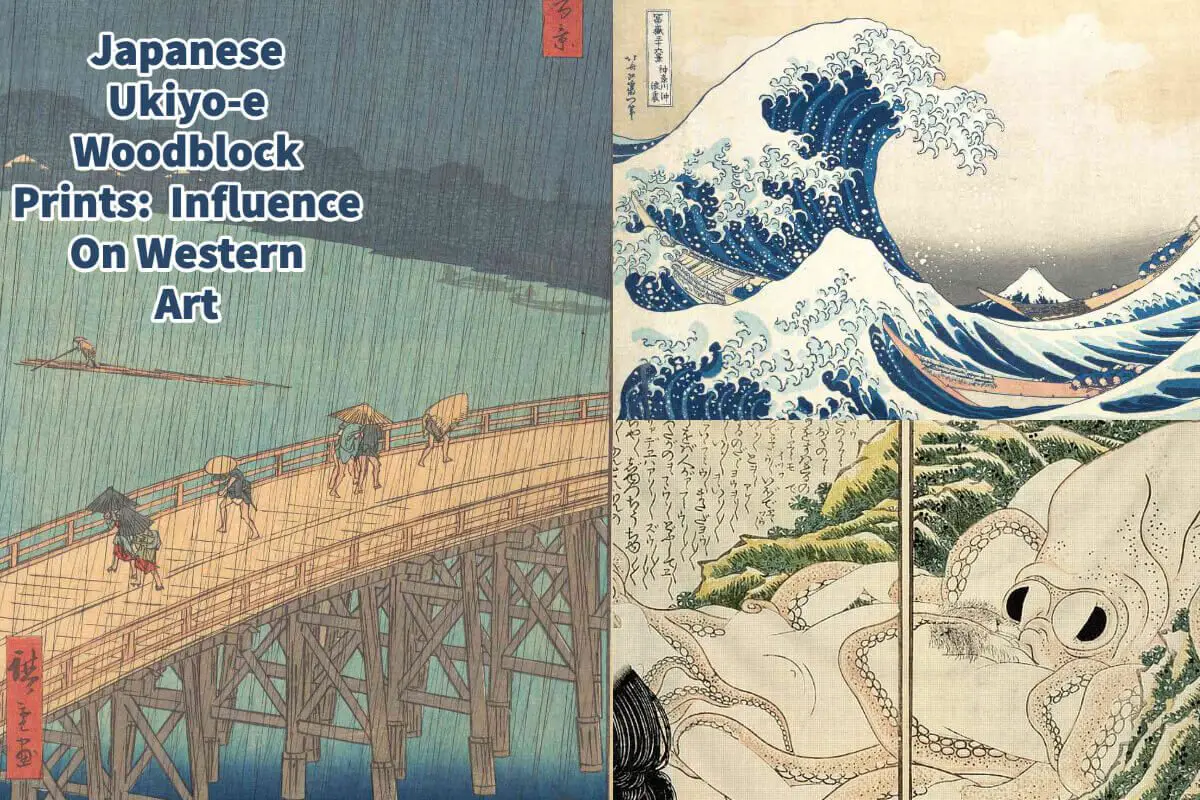
Japanese Ukiyo-e Woodblock Prints: Influence On Western Art
Japanese Ukiyo-e woodblock prints, a distinctive art form that emerged in the 17th century, continue to captivate art enthusiasts and inspire artists worldwide. It is one of my favorite art movements, as it influenced many great Western artists. Ukiyo-e, meaning “pictures of the floating world,” depicts scenes from everyday life, landscapes, historical tales, and renowned…
-
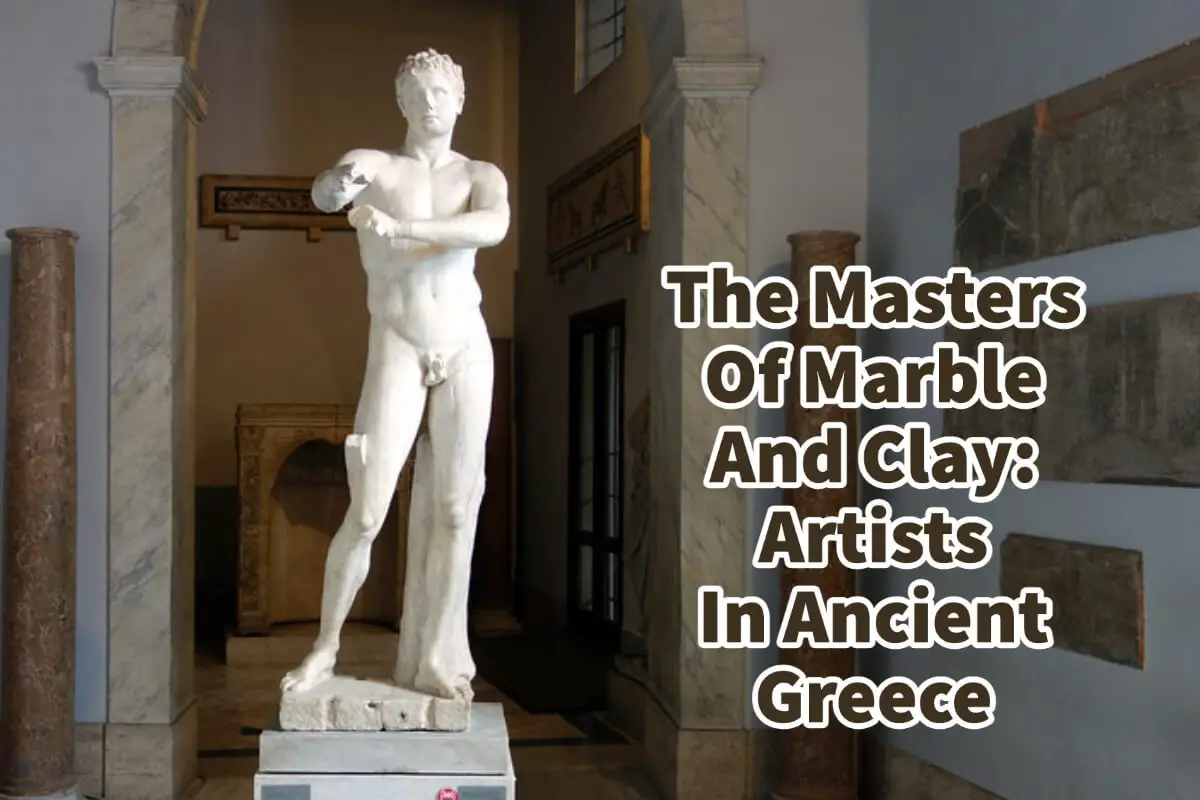
The Masters Of Marble And Clay: Artists In Ancient Greece
The allure of Ancient Greece is not merely confined to its epic tales of heroes, groundbreaking philosophies, or influential political ideologies. It permeates an equally significant domain – the sphere of art – where artists wielded chisels and brushes to breathe life into marble and clay. These Ancient Greek artists etched narratives, myths, and ideals…
-

Celebrating Vietnamese Art: Past, Present, And Future
Steeped in a rich cultural tapestry, Vietnam’s art scene is as diverse and vibrant as the nation. Vietnamese art is a harmonious blend of tradition, history, and innovative perspectives. Vietnamese art is an engaging chronicle of the country’s journey, bearing the imprints of its historical milestones and cultural evolution. From the intricacy of silk paintings…
-
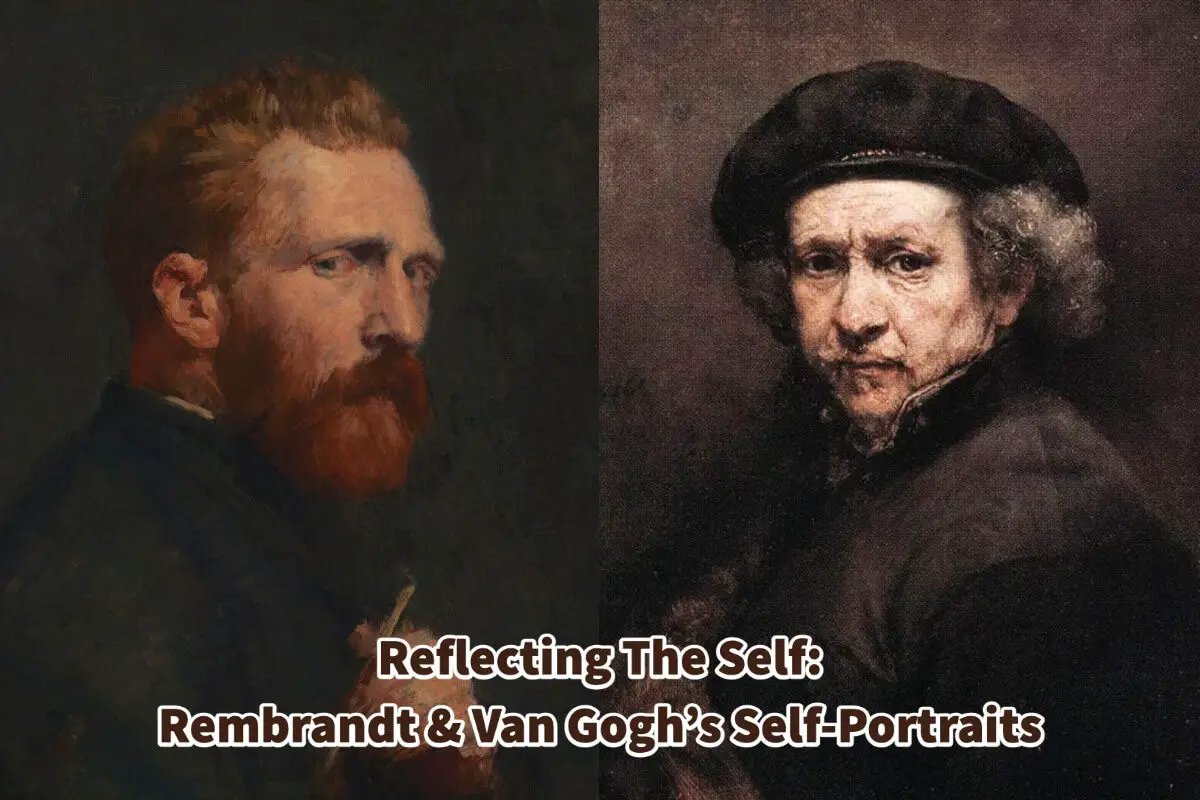
Reflecting The Self: Rembrandt & Van Gogh’s Self-Portraits
Art has always been a gateway into the human soul, a medium through which artists convey their experiences, emotions, and identities. But art can also leave with us a legacy of the life and time of when and how the artist lived. Rembrandt van Rijn and Vincent Van Gogh are two significant figures who significantly…
-

The First Brush Stroke: A Beginner’s Guide To Oil Painting
Art speaks a universal language of creativity and expression in its myriad forms. One of its most vibrant dialects is an oil painting, a medium steeped in history and rich with possibilities. From the luminous masterpieces of Rembrandt to the emotive canvases of Van Gogh, oil painting has been the chosen form of expression for…
-
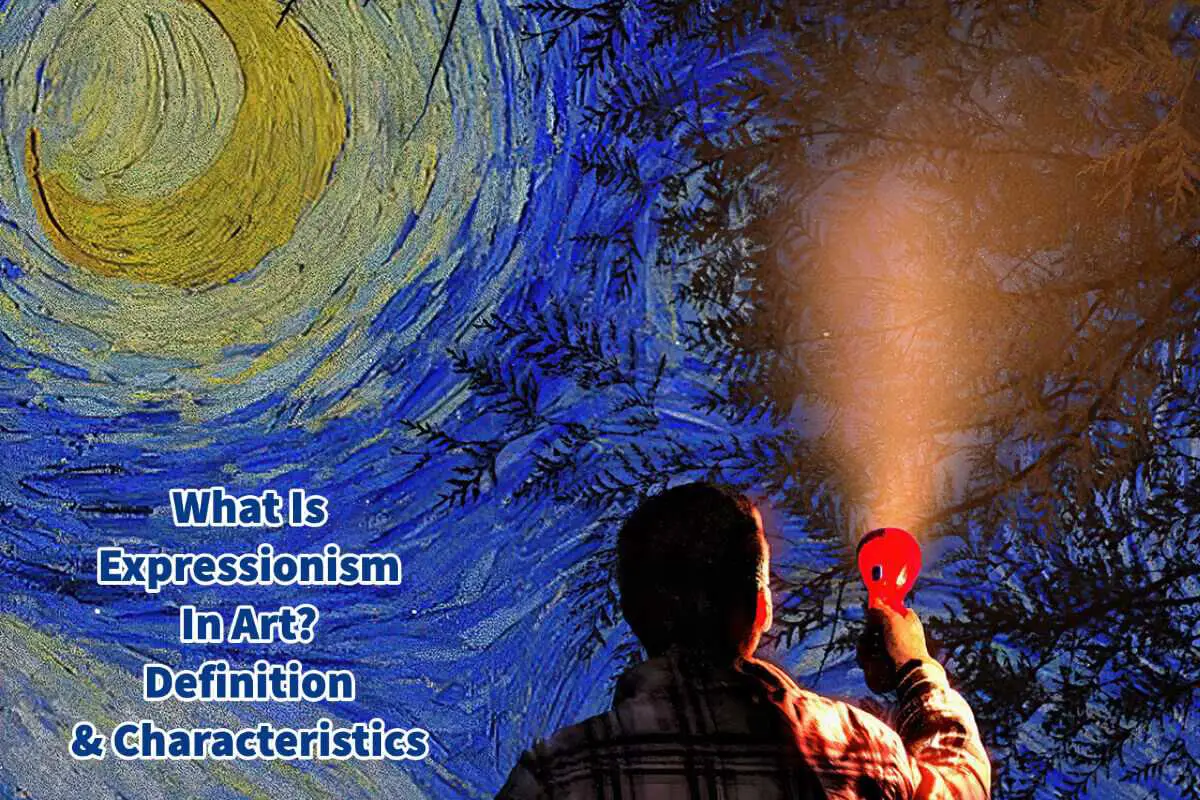
What Is Expressionism In Art? Definition & Characteristics
Artistic movements have shaped art history, reflecting its creators’ unique perspectives and emotions. Among these movements, expressionism holds a significant place. Expressionism is characterized by intense and subjective portrayals of the artist’s emotions; expressionism is a captivating art movement that emerged in the early twentieth century and has left an indelible mark on the art…
-
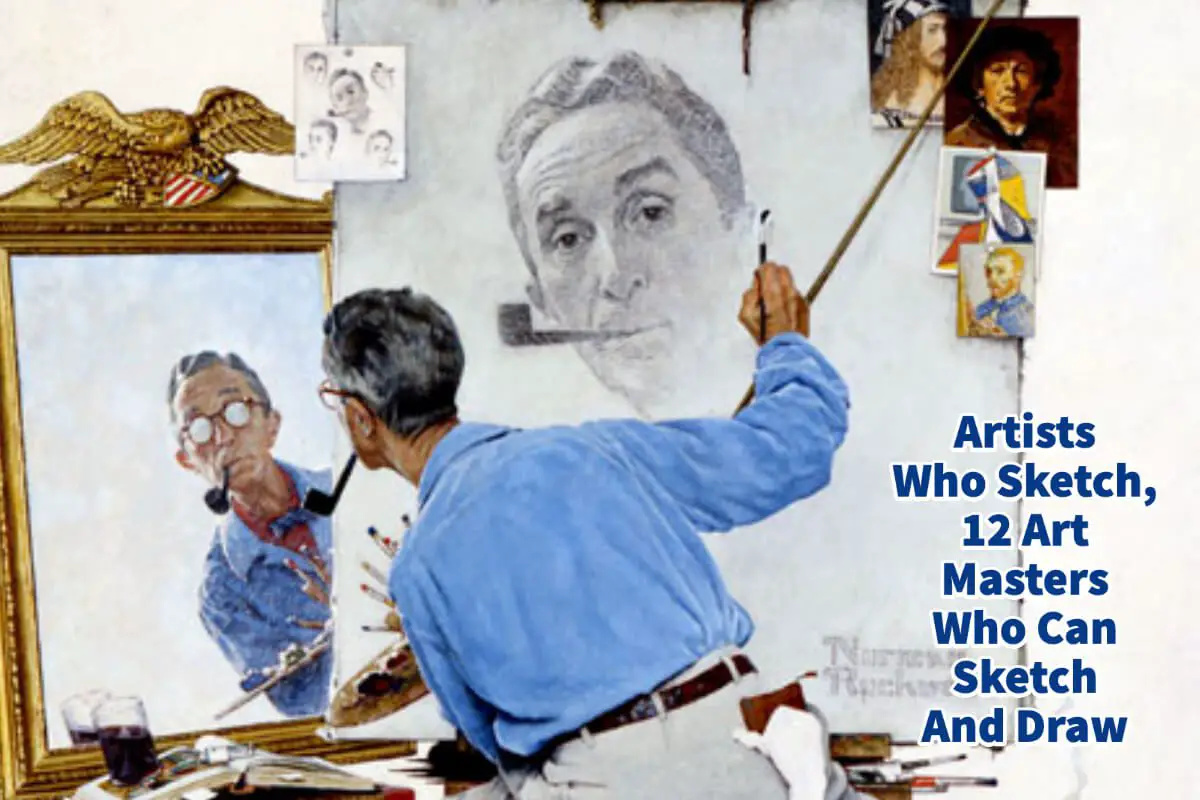
Artists Who Sketch, 12 Art Masters Who Can Sketch And Draw
Art is a language of expression, storytelling, and capturing life’s nuances. In this realm of creativity, sketching is indispensable, forming the bedrock on which artists build their masterpieces. Sketching is the process of raw creation, an intimate dialogue between the artist and the canvas, where thoughts and visions take form through lines and shades. It…
-
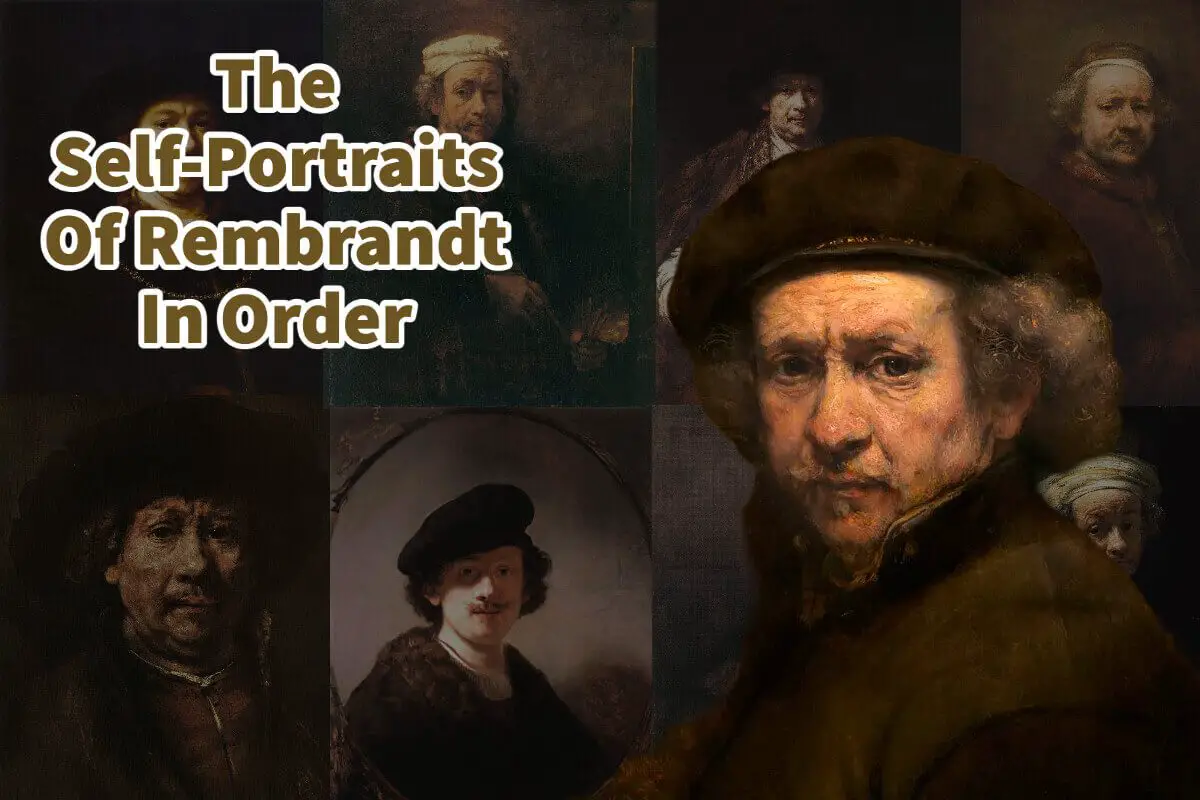
The Self-Portraits Of Rembrandt In Order
The self-portraits of Rembrandt van Rijn stand as remarkable testaments to the artist’s ability to transform himself into various roles, capturing a range of emotions and narratives within his artwork. Rembrandt’s self-portraits offer a captivating journey through his introspection, creativity, and deep understanding of the human experience. Each self-portrait unveils a new facet of Rembrandt’s…
